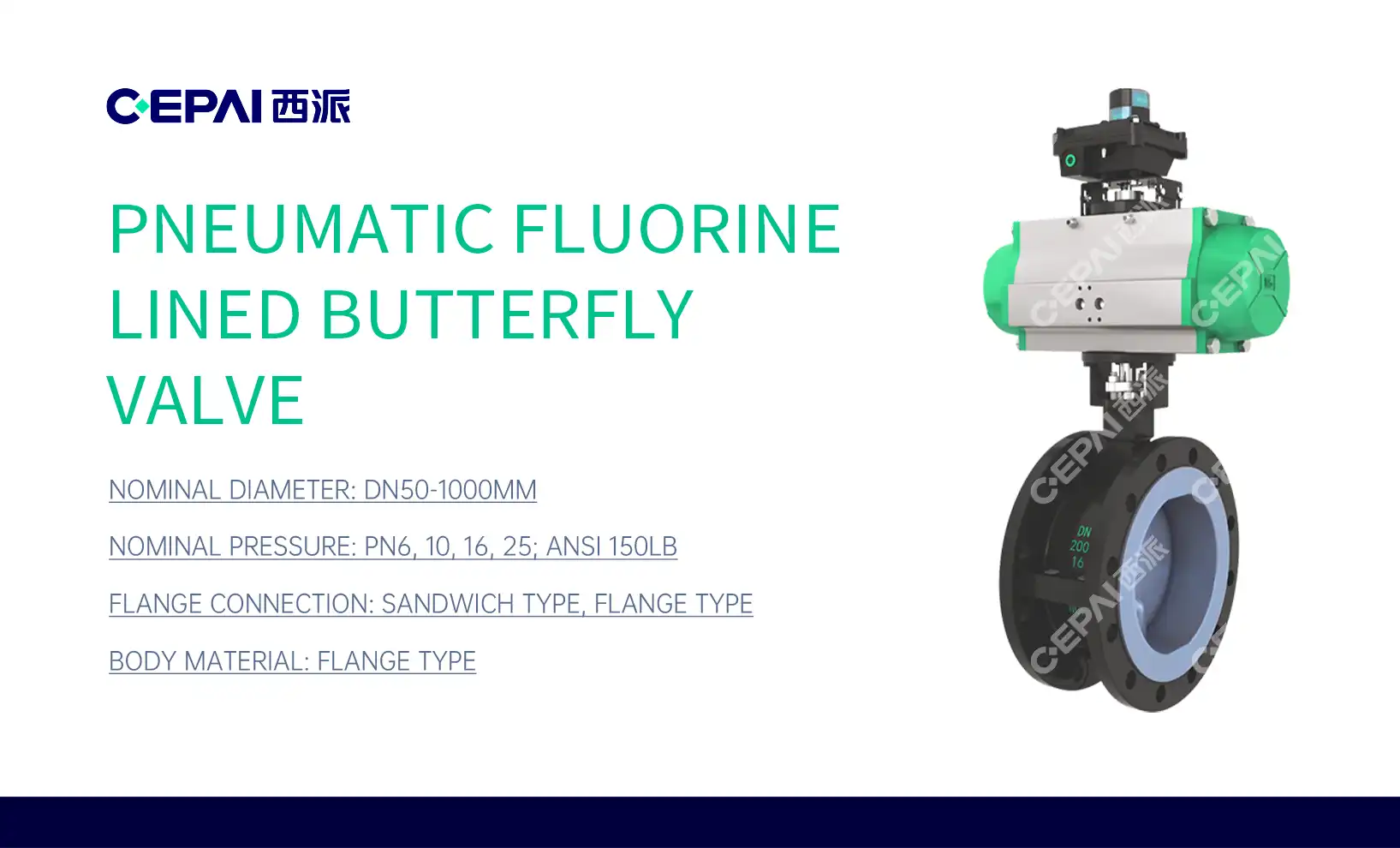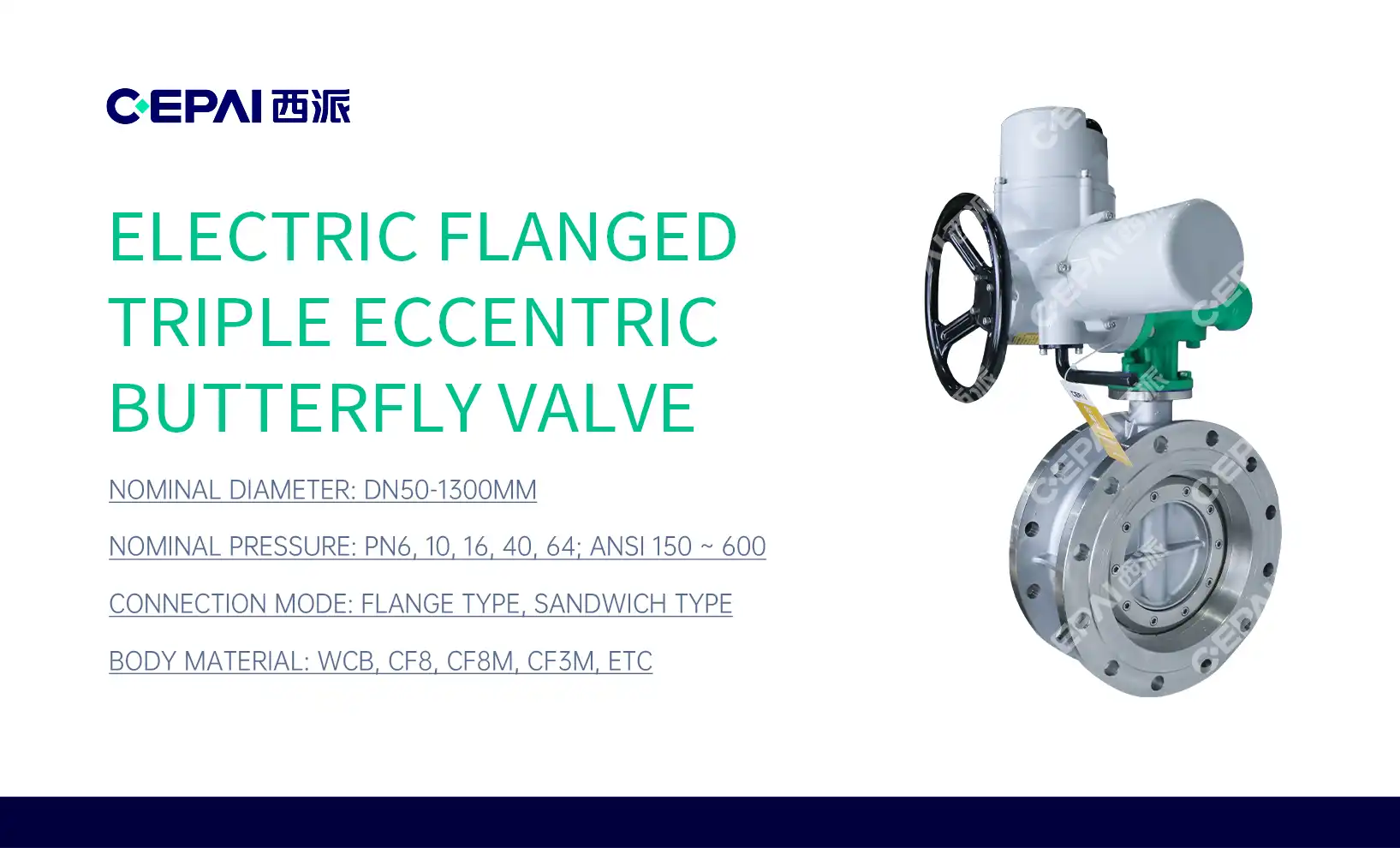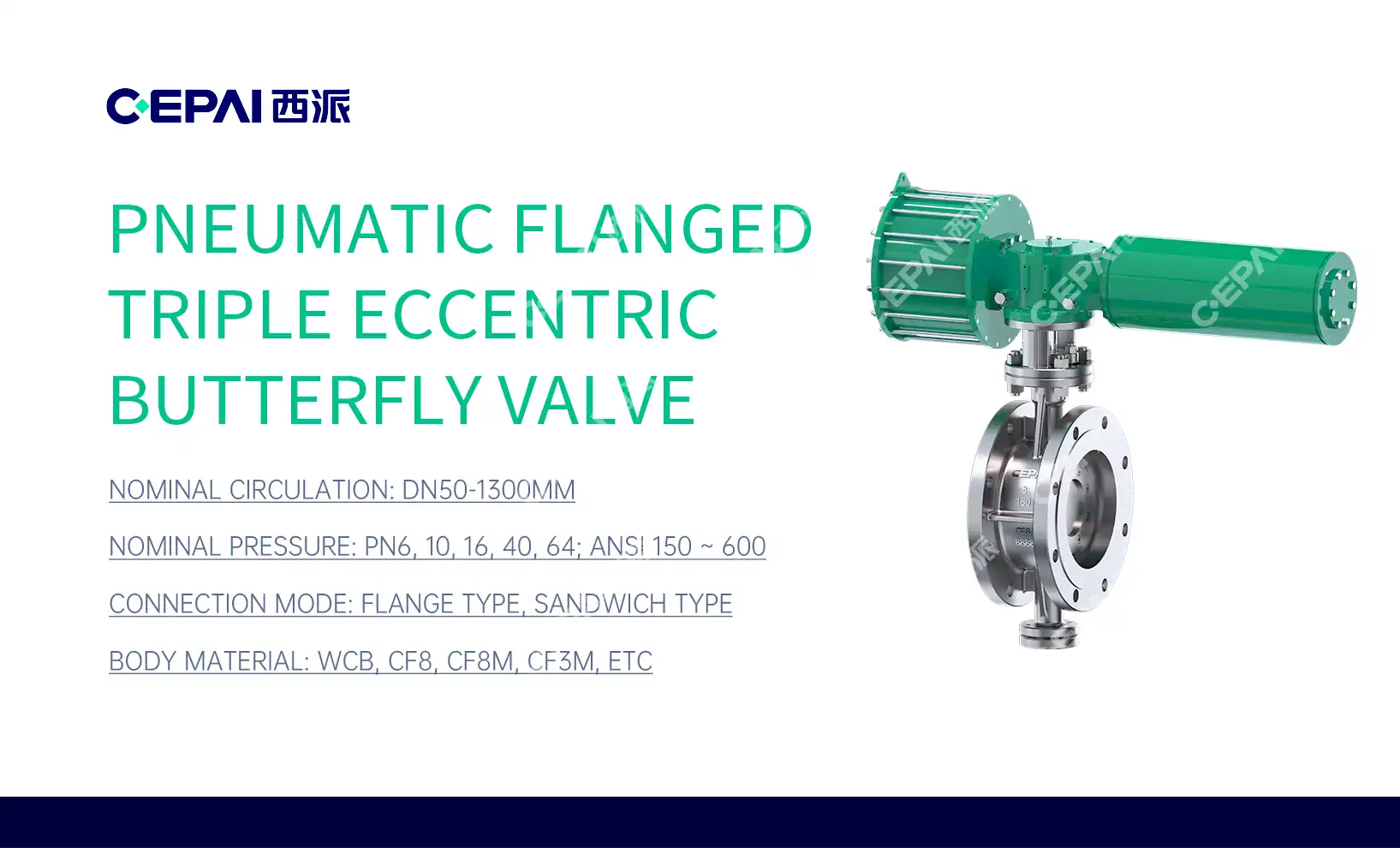Step-by-Step Electric Ball Valve Installation Guide
Installing an electric ball valve might seem daunting, but with the right guidance, it's a manageable task that can significantly enhance your fluid control system. This comprehensive guide will walk you through the process, from preparation to final testing. Whether you're a seasoned professional or a DIY enthusiast, our step-by-step instructions will ensure a smooth installation. We'll cover everything from selecting the right valve to troubleshooting common issues, helping you achieve optimal performance and longevity from your electric ball valve. Let's dive in and demystify the installation process, empowering you to tackle this project with confidence.

Preparing for Electric Ball Valve Installation
Gathering Necessary Tools and Materials
Before embarking on the installation process, it's crucial to have all the required tools and materials at hand. This preparation will streamline the installation and prevent unnecessary delays. Essential tools typically include adjustable wrenches, pipe wrenches, a level, Teflon tape, and a multimeter. For materials, ensure you have the electric ball valve itself, appropriate fittings, and any necessary adapters. It's also wise to have spare gaskets and sealant on hand, just in case. Remember, the specific tools and materials may vary depending on your particular valve model and installation environment.
Understanding Your Electric Ball Valve
Familiarizing yourself with your electric ball valve is a critical step in the installation process. Take time to study the valve's components, including the actuator, ball, stem, and body. Understanding how these parts work together will help you install the valve correctly and troubleshoot any issues that may arise. Pay special attention to the valve's specifications, such as pressure ratings, temperature limits, and electrical requirements. This knowledge will ensure you install the valve in a suitable environment and connect it to an appropriate power source.
Safety Precautions and System Preparation
Safety should always be your top priority when working with any mechanical or electrical system. Before beginning the installation, ensure the system is completely depressurized and drained. If you're replacing an existing valve, make sure to isolate it from the rest of the system. When working with electrical components, always turn off the power at the source and use appropriate personal protective equipment. It's also crucial to clean the piping system thoroughly to prevent debris from interfering with the new valve's operation. Taking these precautions will not only ensure your safety but also contribute to a successful installation.
Step-by-Step Installation Process
Positioning and Mounting the Valve
The first step in the physical installation process is properly positioning and mounting the electric ball valve. Begin by identifying the ideal location for the valve, considering factors such as accessibility for maintenance, protection from environmental elements, and alignment with the existing piping system. Use a level to ensure the valve is perfectly horizontal or vertical, depending on your system's requirements. When mounting, be mindful of the flow direction indicated on the valve body. Secure the valve firmly in place using appropriate brackets or supports, ensuring it can withstand the operational pressures and potential vibrations in your system.
Connecting the Valve to the Piping System
Once the valve is securely mounted, it's time to connect it to your piping system. Start by applying Teflon tape or an appropriate thread sealant to the pipe threads to ensure a leak-free connection. Carefully align the valve with the piping, taking care not to cross-thread the connections. Use your pipe wrench to tighten the connections, but be cautious not to over-tighten, as this could damage the valve or piping. If your system uses flanged connections, ensure the gaskets are properly seated and the bolts are tightened evenly in a star pattern. This methodical approach will help prevent leaks and ensure proper alignment of the valve within your system.
Wiring and Electrical Connections
The final step in the physical installation is setting up the electrical connections for your electric ball valve. Begin by reviewing the wiring diagram provided with your valve. Ensure all electrical connections are made according to local codes and regulations. Typically, you'll need to connect the power supply, control signal, and any feedback or position indication wires. Use appropriate cable glands to maintain the integrity of the valve's enclosure, especially in outdoor or humid environments. After making the connections, double-check your work and use a multimeter to verify the correct voltage and polarity. Remember, improper electrical connections can lead to valve malfunction or even pose safety hazards, so take your time and be meticulous in this step.
Testing and Troubleshooting
Initial System Pressurization and Leak Check
After completing the installation, it's crucial to perform a thorough system check before full operation. Begin by slowly pressurizing the system, keeping a close eye on the valve and its connections. Listen for any hissing sounds that might indicate a leak, and visually inspect all joints and seals. Use a soap solution to check for bubbles around connections, which would indicate a gas leak. If you detect any leaks, depressurize the system immediately and address the issue. This might involve tightening connections, replacing gaskets, or in some cases, reassessing the valve's compatibility with your system. Remember, a properly installed valve should maintain a leak-free seal under normal operating pressures.
Verifying Valve Operation and Control
Once you've confirmed there are no leaks, it's time to test the electric ball valve's operation. Start by manually activating the valve to ensure smooth movement between the open and closed positions. Then, test the electric actuation by sending control signals and verifying that the valve responds correctly. Pay attention to the valve's speed of operation, making sure it's neither too fast (which could cause water hammer) nor too slow for your application. Also, check that any position indicators or feedback signals are functioning correctly. This step is crucial for ensuring that your valve will operate reliably in your control system.

Common Issues and Solutions
Even with careful installation, you might encounter some issues. One common problem is incomplete closure or opening of the valve. This could be due to debris in the system, improper limit switch settings, or insufficient actuator torque. Another issue might be erratic operation, which could indicate problems with the control signal or power supply. If you notice unusual noises or vibrations, this could suggest misalignment or loose mountings. For each of these issues, systematically check the potential causes, starting with the simplest solutions first. Don't hesitate to consult the manufacturer's troubleshooting guide or seek professional help for persistent problems. Remember, addressing issues promptly can prevent more serious damage and extend the life of your electric ball valve.
Conclusion
Installing an electric ball valve is a task that requires attention to detail and a systematic approach. By following this step-by-step guide, you've learned how to prepare for the installation, mount and connect the valve, set up its electrical components, and perform crucial testing and troubleshooting. Remember that proper installation is key to ensuring the longevity and efficient operation of your electric ball valve. Regular maintenance and prompt attention to any issues will further extend its lifespan and maintain optimal performance. With your newly installed valve, you're set to enjoy improved fluid control and system efficiency.
FAQs
1. How often should I perform maintenance on my electric ball valve?
Regular maintenance is crucial for optimal performance. Typically, conduct visual inspections quarterly and perform comprehensive checks annually. However, frequency may vary based on usage and environmental conditions.
2. Can I install an electric ball valve outdoors?
Yes, but ensure it's rated for outdoor use and properly protected from the elements. Use appropriate enclosures and consider factors like temperature extremes and humidity.
3. What should I do if my electric ball valve isn't responding to control signals?
First, check the power supply and wiring connections. If these are correct, verify the control signal input and actuator functionality. If issues persist, consult the manufacturer's troubleshooting guide or seek professional assistance.
Your Trusted Partner in Valve Solutions | CEPAI
At CEPAI Group, we're committed to providing top-quality electric ball valves and exceptional service. Our products are designed and manufactured to meet the highest industry standards, ensuring reliability and performance in diverse applications. As a leading electric ball valve supplier, factory, and manufacturer, we offer innovative solutions tailored to your specific needs. Our team of experts is ready to assist you with product selection, installation guidance, and ongoing support. Experience the CEPAI difference in valve technology. Contact us at cepai@cepai.com to discuss your electric ball valve requirements.

References
Smith, J. (2022). Advanced Techniques in Electric Ball Valve Installation. Journal of Fluid Control Systems, 45(3), 78-92.
Johnson, R. & Williams, T. (2021). Troubleshooting Guide for Electric Ball Valves. Industrial Valve Quarterly, 18(2), 112-125.
Brown, A. (2023). Best Practices in Electric Actuator Wiring and Configuration. Automation Today, 56(4), 203-217.
Lee, S. et al. (2022). Comparative Study of Electric Ball Valve Performance in Various Industrial Applications. International Journal of Valve Technology, 39(1), 45-60.
Garcia, M. & Thompson, K. (2021). Safety Considerations in Electric Ball Valve Installations. Process Safety Progress, 40(3), 301-315.
Wilson, E. (2023). Maintenance Strategies for Prolonging Electric Ball Valve Lifespan. Maintenance Engineering Handbook, 7th Edition, Chapter 12, 405-428.
_1746598531170.webp)
Get professional pre-sales technical consultation and valve selection services, customized solution services.

About CEPAI


